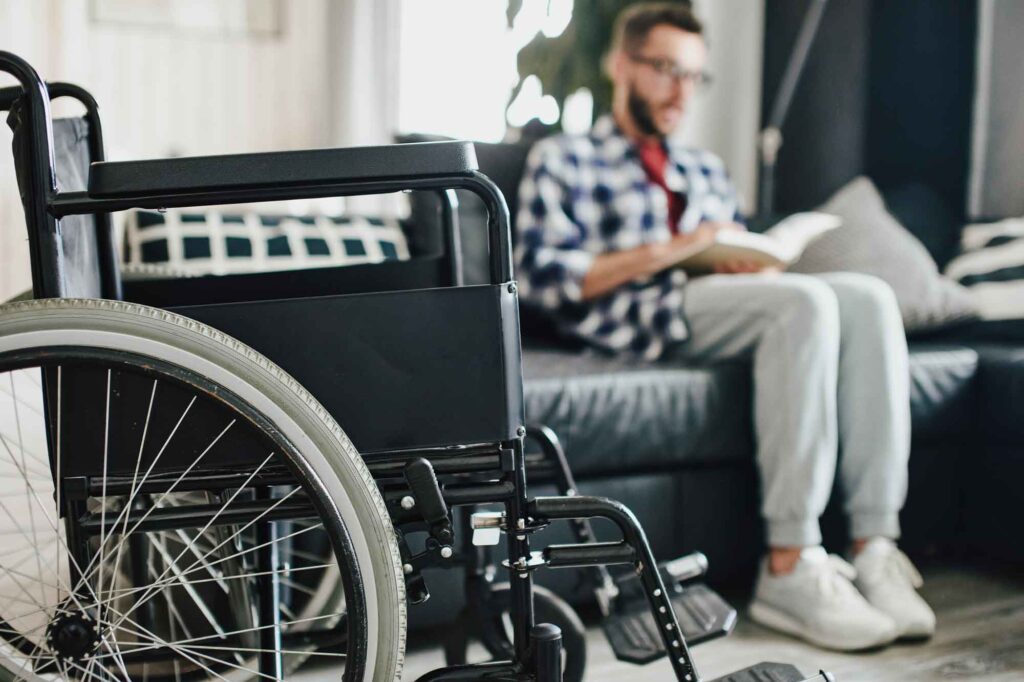Did the largest SIL providers underperform the market?

The largest SIL providers have a considerable impact on the sector. This is because most people in the sector have been exposed to their branding, and it is assumed their products are refined and well received. However, a new data set from the NDIS reveals that the largest SIL providers have considerably underperformed the rest of the SIL market. Below are the growth rates for Core – Daily Activities funding for SIL participants only:
How did the biggest Supported Independent Living providers perform in 2020-21?

It’s that time of year when Empathia Group combs through annual reports to pull out performance insights, and what a year it was! This year we have access to the ten largest providers by SIL payments (agency managed).
Where do new SIL customers come from?

Does this table suggest that in 2021-2022 Q1, only an additional 11 participants had SIL in their plans? You’re likely thinking the same thing I did – how is this possible? And our readers would know that it isn’t – we have previously reported that 327 customers entered SIL in the same period (and that was also from the NDIA).
Is the Supported Independent Living market flatlining?

The SIL market is reaching an inflection point that will change market dynamics. Our last article demonstrated that new customer growth is slowing in the SIL market. This article is number two in our SIL market series, and we will evaluate the total size of the SIL market and the implications for providers.
The one chart that explains the state of SIL

Let’s take some time to unpack this chart. We’re looking at the number of new participants entering SIL per quarter since June 2017. We’re currently at the red dot. Only 327 additional participants had SIL entered into their plan in the last quarter. Consider that the average in 2020 was 610, and the average in 2019 was 1349. Does 327 still sound like a lot of participants to you who might be interested in your service?
Why does everything feel the same in Supported Independent Living?

It has been over 5 years since the national rollout of the NDIS, so why do most NDIS offerings feel identical? Empathia Group reviewed 5 supported independent living offers to understand how providers differentiate themselves in the market and what we found wasn’t encouraging.
Will my SIL business ever be profitable?

Profitability is sometimes considered a dirty word in our sector, but it is time to accept that this perspective is antiquated. The people we support are also our customers, and our customers have a right to choose a product that offers them value.
Supported Independent Living: The beginning of the end – and what comes next

It is certainly no secret that the Agency has had concerns with the rising cost of Supported Independent Living (SIL) for some time. The NDIA’s last quarterly report identified that 23,368 (5.4%) participants were accessing SIL, with a staggering 27% of total NDIS supports committed to those 5.4% of participants.

